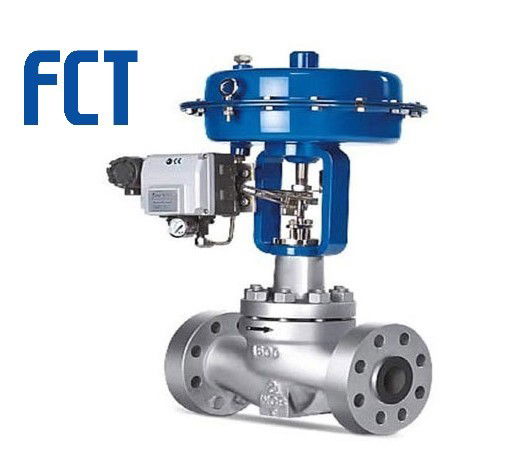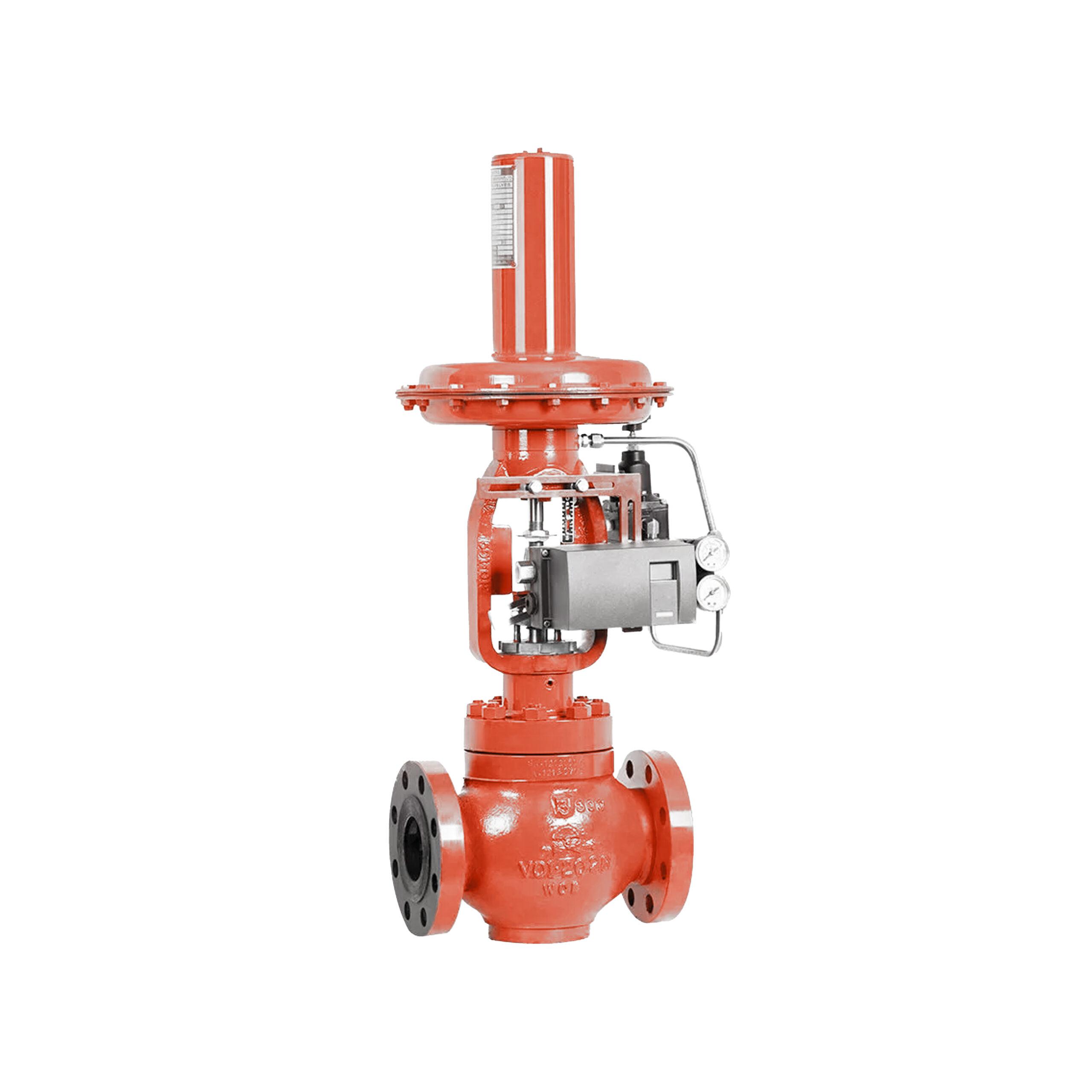Discovering the Functionality of Modern Control Valves in Industrial Applications
Discovering the Functionality of Modern Control Valves in Industrial Applications
Blog Article

Maximize Energy Financial Savings and Convenience With Advanced Building Automation Controls
In the realm of contemporary style and facility management, the combination of sophisticated structure automation manages stands as a critical innovation. By taking advantage of the power of automation, structures can adapt, respond, and evolve in ways that were when unthinkable.
Power Efficiency Conveniences
Energy effectiveness benefits can considerably decrease energy usage and operational expenses in buildings. By carrying out energy-efficient methods and modern technologies, structure proprietors and operators can accomplish considerable cost savings while likewise adding to environmental sustainability. Among the primary advantages of boosting power effectiveness in structures is the reduction of utility bills. Energy-efficient systems, such as advanced building automation controls, can enhance using resources like illumination, heating, and air conditioning, resulting in reduced energy costs with time.
Furthermore, improved power efficiency can extend the life-span of structure devices and systems. By running a lot more efficiently, heating and cooling systems, lighting fixture, and other structure elements experience much less wear and tear, resulting in minimized upkeep and replacement prices. In addition, energy-efficient buildings often regulate greater building worths and rental rates, offering lasting economic benefits to owners.
Furthermore, power efficiency can improve occupant comfort and productivity. Effectively managed indoor environments with optimal lights and thermal conditions develop an even more favorable and pleasant office, causing boosted staff member satisfaction and efficiency. Generally, the energy effectiveness benefits connected with advanced building automation controls are multifaceted, encompassing price financial savings, environmental stewardship, and owner wellness.
Boosted Comfort Control
Enhancing convenience control in structure settings needs an innovative assimilation of sophisticated automation systems for ideal owner health. By making use of sophisticated structure automation controls, centers can customize the indoor atmosphere to fulfill the specific needs and preferences of occupants. control valves.
Boosted comfort control exceeds basic temperature level changes. It includes features such as personalized setups, occupancy sensors, and all-natural light usage to develop a vibrant and receptive atmosphere. By incorporating these innovative controls, buildings can not just enhance convenience but likewise boost power efficiency by maximizing system operations based upon real tenancy and use patterns. Eventually, focusing on occupant comfort through innovative automation systems results in an extra satisfying and healthier indoor setting.
Functional Efficiency Improvements

Moreover, the application of real-time surveillance and analytics tools allows structure operators to recognize power ineffectiveness and functional abnormalities immediately. By continuously monitoring energy usage patterns and system efficiency metrics, changes can be made in real-time to optimize power intake and ensure peak operational effectiveness. control valves. In addition, including demand action approaches right into building automation controls can even more improve functional efficiency by dynamically adjusting energy usage based on grid conditions and prices signals
Indoor Environment Optimization
Reliable interior environment optimization is a basic aspect of building automation controls, making sure passengers' convenience and health while optimizing power financial savings. By making use of his response advanced sensing units and controls, constructing automation systems can continually adjust and keep track of temperature, humidity degrees, air top quality, and ventilation to produce an optimum interior atmosphere. Maintaining constant and comfortable problems not only improves passenger contentment yet also enhances productivity and overall well-being.
Interior climate optimization also plays an important role in power performance. By fine-tuning home heating, ventilation, and cooling systems based on real-time information and occupancy patterns, constructing automation controls can dramatically reduce energy usage - control valves. Applying methods such as demand-controlled air flow and thermal zoning can assist minimize power waste while making certain that each area of the structure obtains the required conditioning.

Sustainable Environment Development
Building automation regulates not only enhance indoor climate problems for power effectiveness and resident comfort but also lay the structure for producing a sustainable environment through strategic monitoring of systems and resources. By incorporating innovative building automation modern technologies, such as sensors, actuators, and intelligent software program, centers can adjust and check power usage in real-time to decrease waste and minimize their carbon footprint. These systems make it possible for anticipating maintenance, recognizing prospective issues prior to they escalate and enhancing devices performance to enhance longevity and performance.
In addition, lasting setting creation expands beyond power read review management to encompass water preservation, waste reduction, and indoor air top quality enhancement. Structure automation controls can manage water usage, detect leakages, and ensure appropriate garbage disposal techniques, contributing to total sustainability efforts. Furthermore, by keeping track of and regulating ventilation and filtering systems, these technologies improve owner health and performance while decreasing power intake connected with cooling and heating operations.
Final Thought
To conclude, progressed structure automation controls offer considerable advantages in regards to energy financial savings, comfort control, operational effectiveness, interior environment optimization, and creating a lasting setting. By applying these controls, buildings can achieve ideal efficiency while reducing energy consumption and enhancing passenger convenience. It appears that making use of innovative automation modern technology is essential in enhancing building performance and developing a more sustainable future.
Energy efficiency benefits can considerably minimize power intake and functional expenses in structures. Generally, the energy efficiency benefits linked with innovative structure automation controls are complex, incorporating price financial savings, ecological stewardship, and owner health.
In addition, incorporating need feedback methods into structure automation controls can additionally improve operational efficiency by dynamically readjusting energy use based on grid problems and pricing signals.
Structure automation regulates not just optimize interior climate problems for energy performance and owner convenience but additionally lay the foundation for developing a sustainable atmosphere through critical navigate to this site administration of systems and sources.In conclusion, progressed building automation controls deal significant advantages in terms of energy financial savings, comfort control, functional effectiveness, indoor climate optimization, and developing a sustainable setting.
Report this page